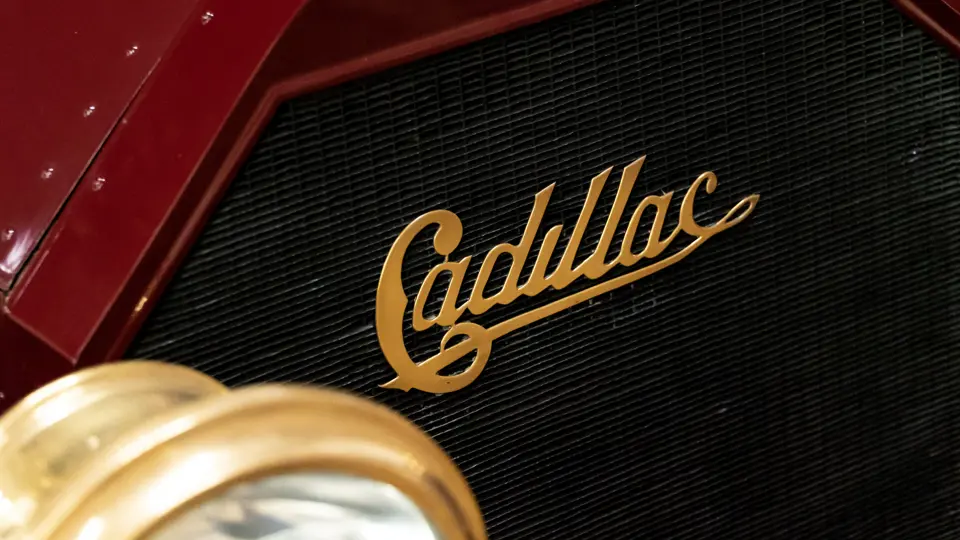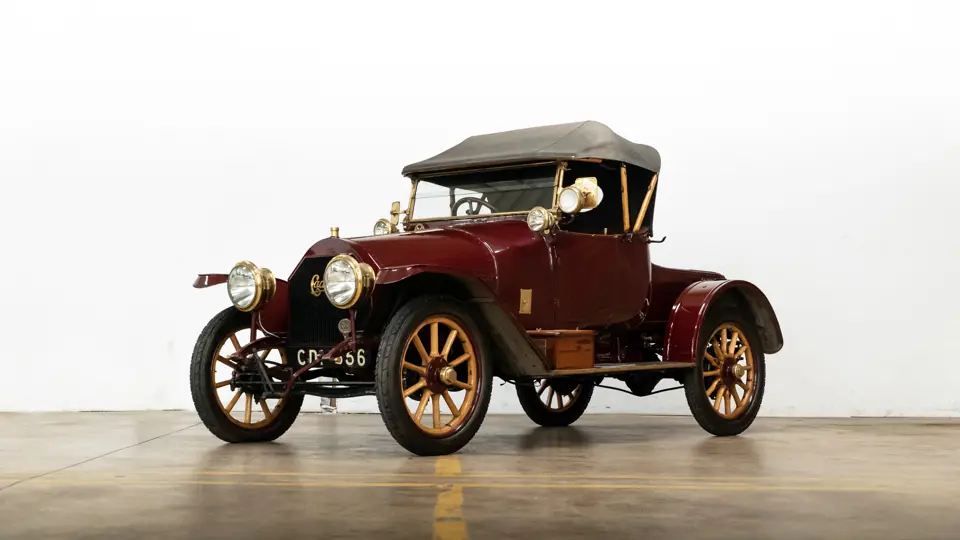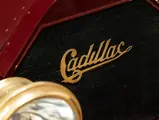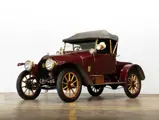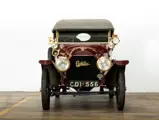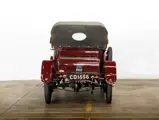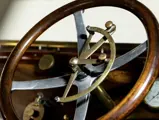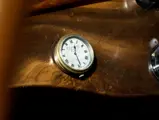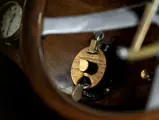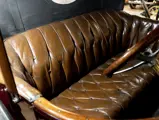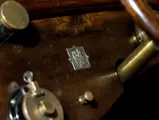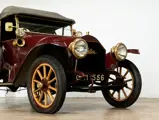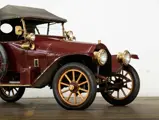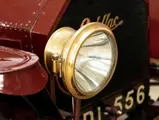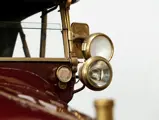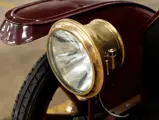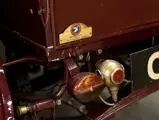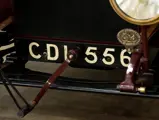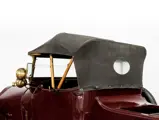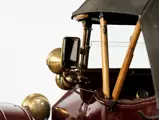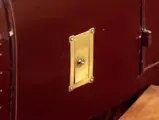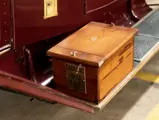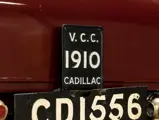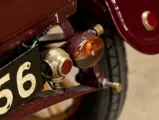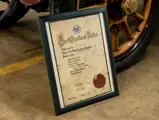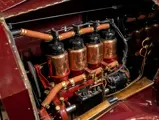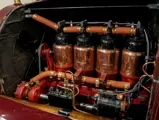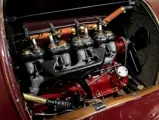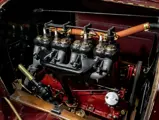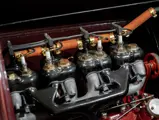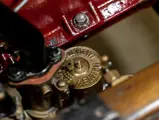
1910 Cadillac Thirty Roadster by Hammond & Sons
{{lr.item.text}}
$49,500 USD | Sold
{{bidding.lot.reserveStatusFormatted}}
- The quintessential Brass Era automobile
- Versatile open coachwork complete with its original interior upholstery
- Sympathetically restored over many years of enthusiast ownership; wears an exceptionally nice patina
- Ideal for continued exhibition or period-focused touring
- Accompanied by Veteran Car Club certificate and maintenance records
Although Cadillac had been building four-cylinder cars since 1905, the single-cylinder line was not abandoned until 1909. That year, the four-cylinder car was made the sole offering and given a new nomenclature, Model 30, for its horsepower rating. A refinement of the 1907–1908 Model G, it had a longer wheelbase but was offered only in open body styles. Selling for about two-thirds the price of the G, the new Model 30 sold nearly six times as many cars as all 1908 Cadillacs combined.
Three body styles were offered: a Roadster, a Tourer, and a Demi-Tonneau. The latter had a detachable tonneau and could be converted to a runabout. The Roadster and Demi-Tonneau had a sweeping cowl that presaged “torpedo” styling. When a windshield was ordered, it was affixed to a wood dashboard fitted over the cowl.
In 1910, closed bodies, a Coupe and a Limousine, returned to the Cadillac line, and by the time that the Model 30 was replaced by the Type 51 V-8 in September 1914, nearly 67,000 had been built.
This 1910 Model 30 Roadster from the second year of four-cylinder engine availability is presented today wearing a maroon livery which was provided under previous ownership. The car’s frame and undercarriage are painted to match the bodywork, with matching wood-spoke wheels trimmed in clear high-gloss lacquer and maroon detailing. A plaque on the door sill attributes the car’s coachwork to a British outfit, Hammond & Sons of Hove, though further research is required to establish the provenance of this particular company and its operations during the early 20th century.
The brown leather button-tufted upholstery is believed to be original to the car, and—true to its Roadster name—a black cloth top folds down upon the rear bench seat when not required. Many important pieces of period-correct brass equipment have been retained, including the two-piece Beatonson windshield frame, Gray & Davis acetylene headlamp housings, Cadillac radiator shroud, trumpet-style horn, Stewart speedometer, and trim pieces throughout. Power is delivered from the nicely detailed water-cooled four-cylinder engine to the rear wheels via a cone clutch three-speed transmission.
Prior to the consignor’s ownership, this Model 30 was reportedly treated to a comprehensive mechanical overhaul, and it is accompanied by a history file full of maintenance receipts dating back many years, evincing a long life spent in enthusiast care. This file is further complemented by a Veteran Car Club framed certificate of date and a pair of old logbooks.

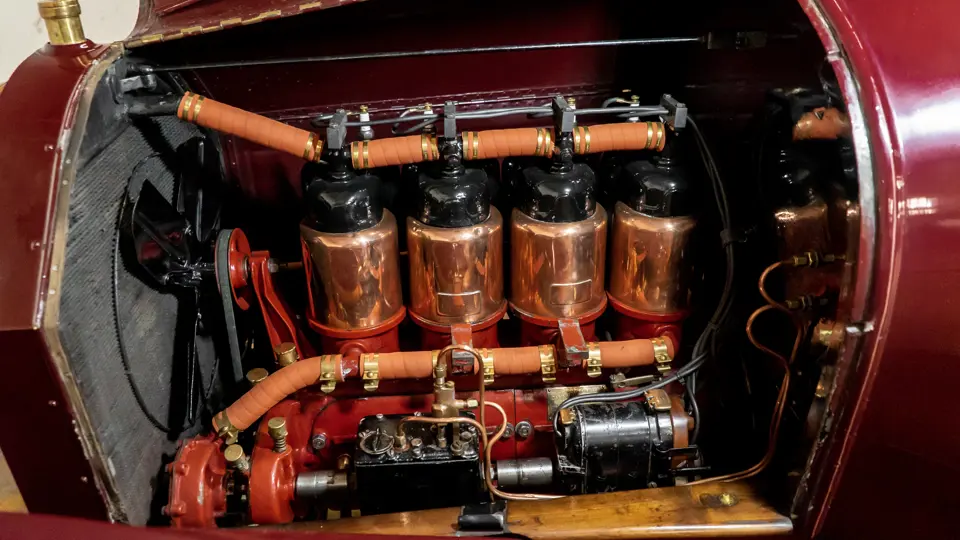


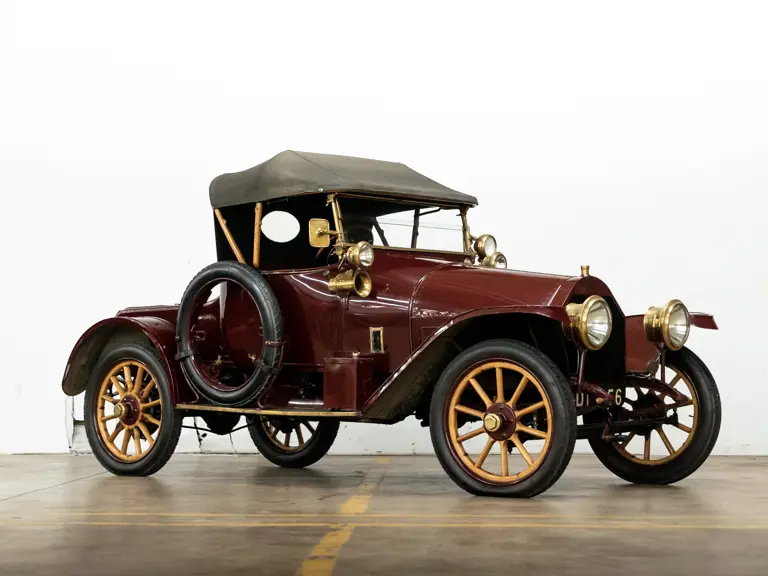
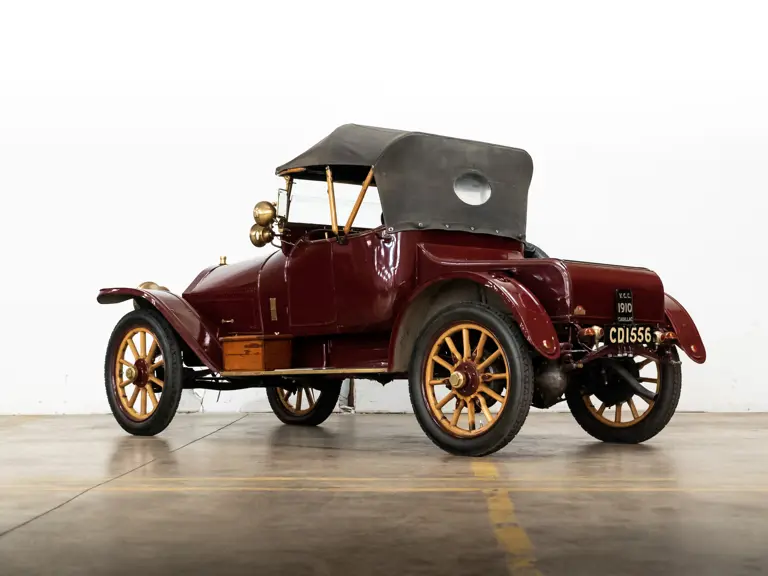
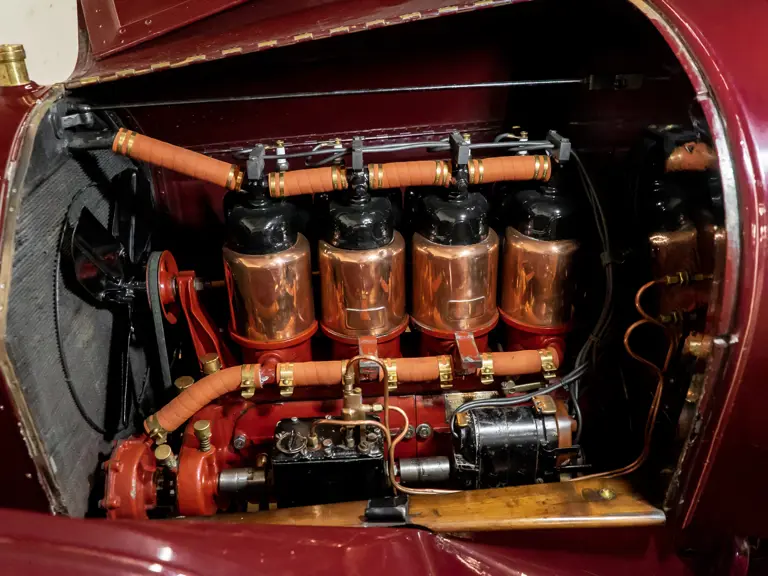
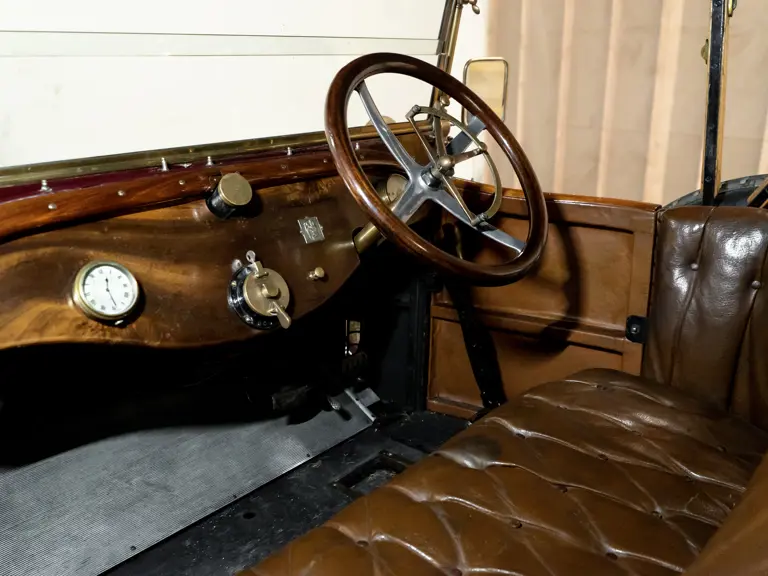
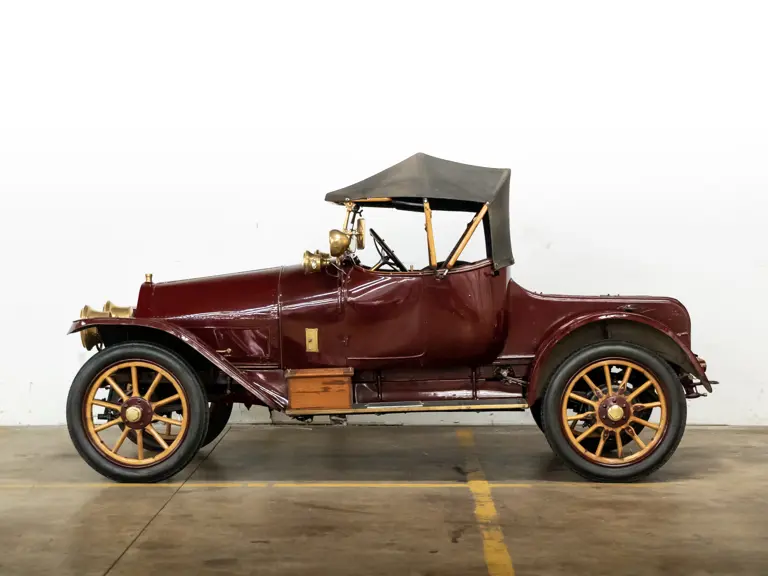
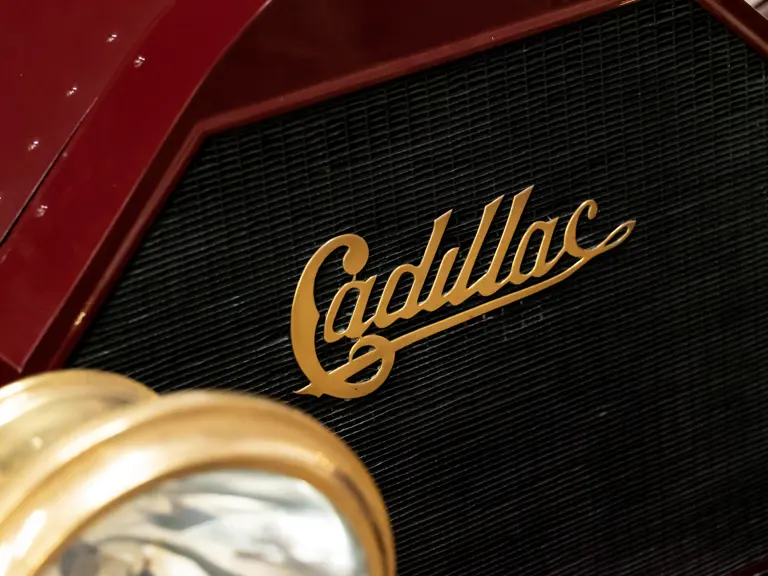
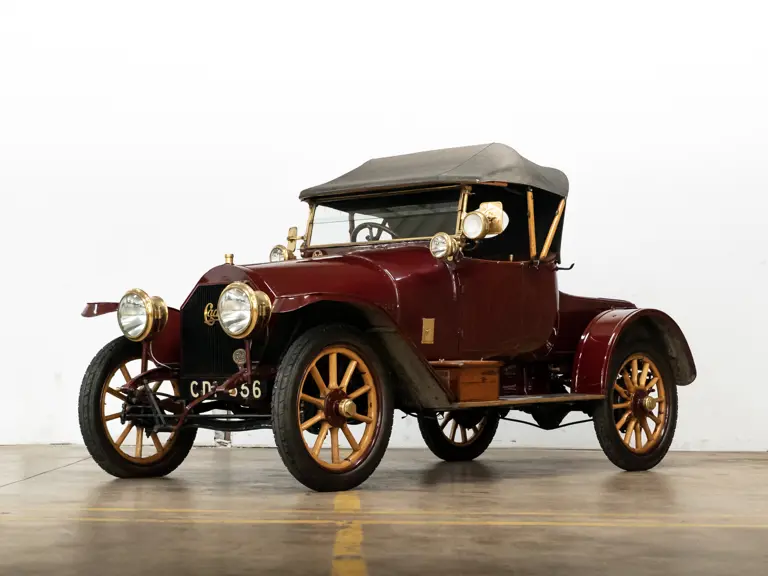

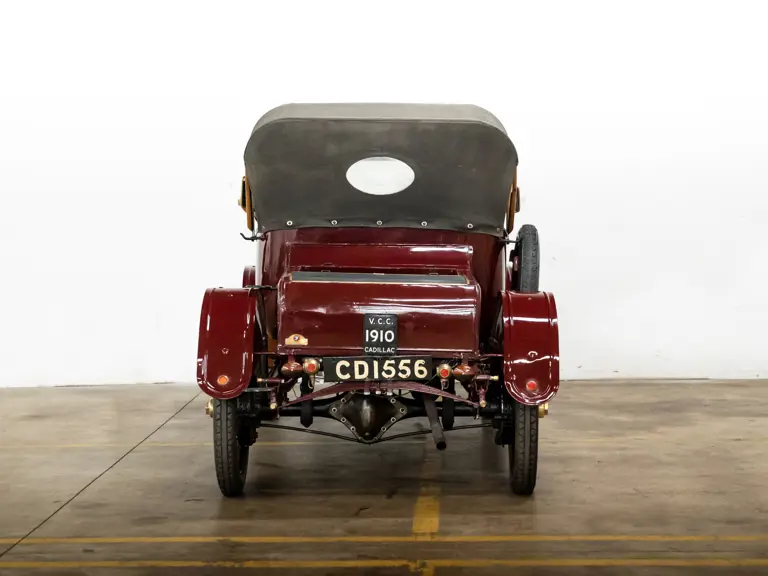
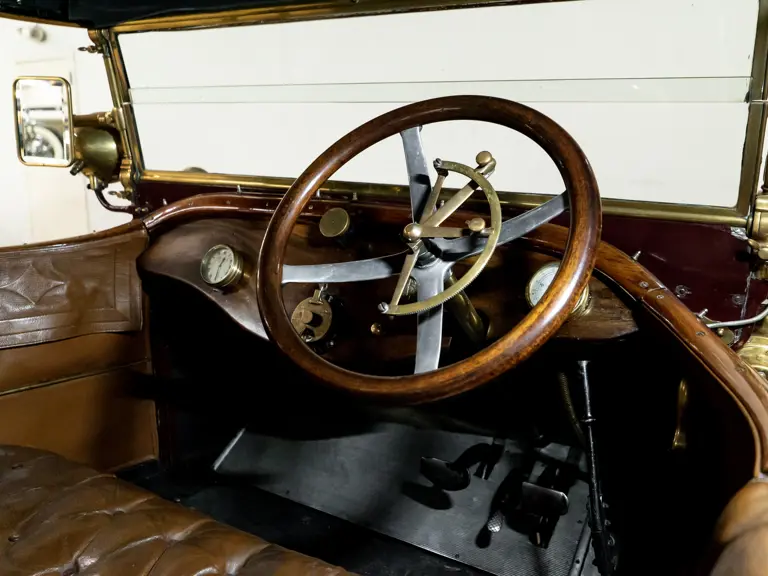
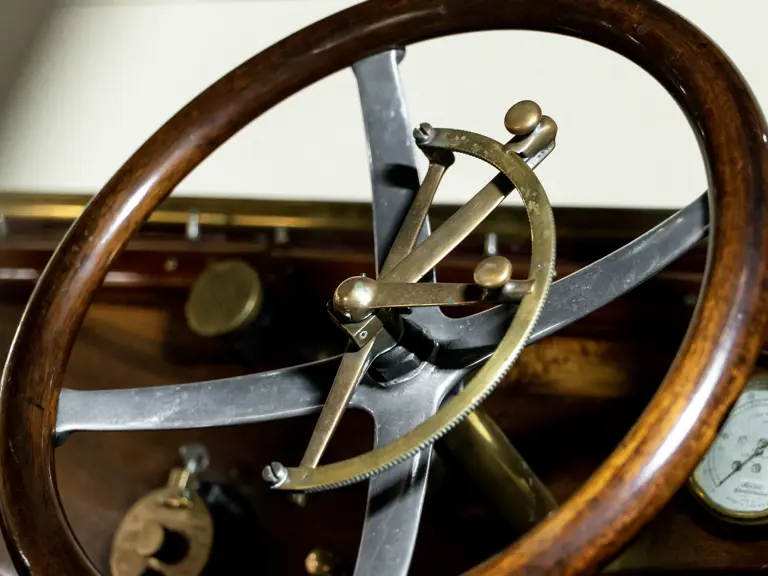
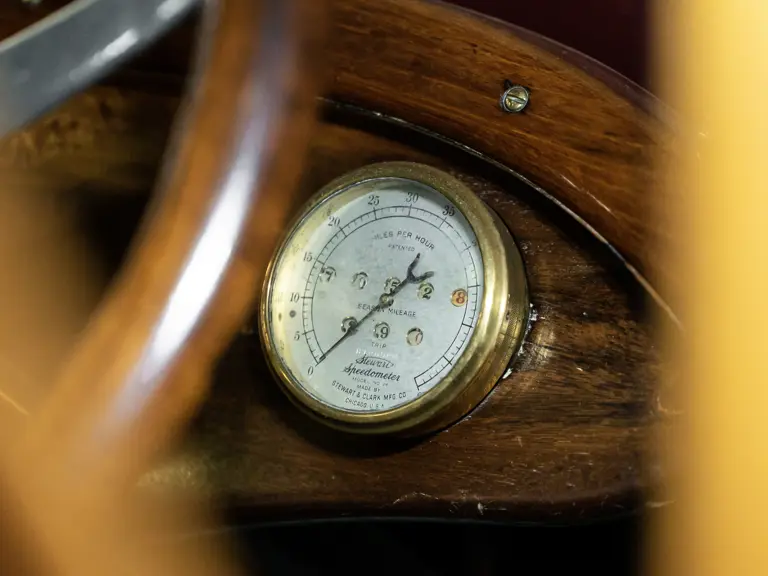
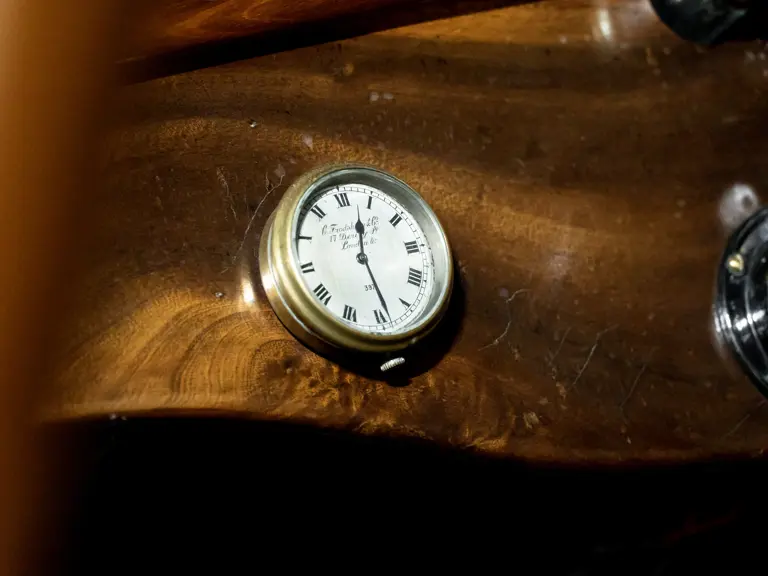
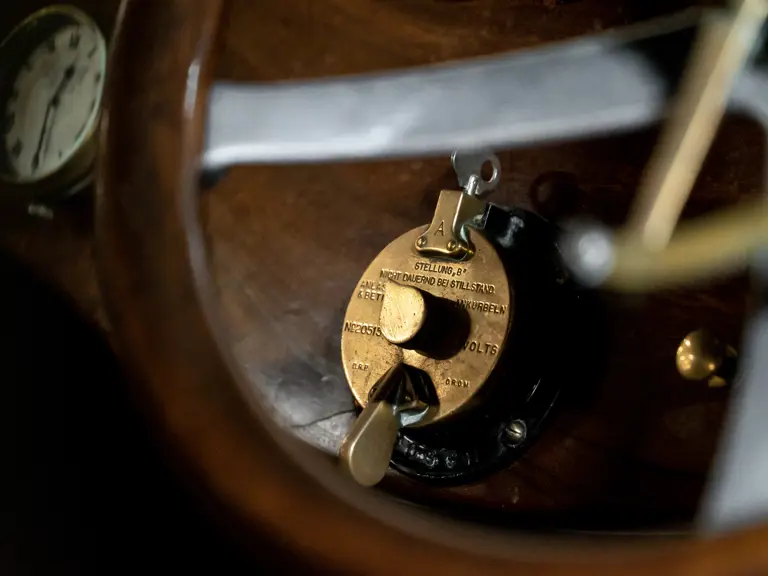
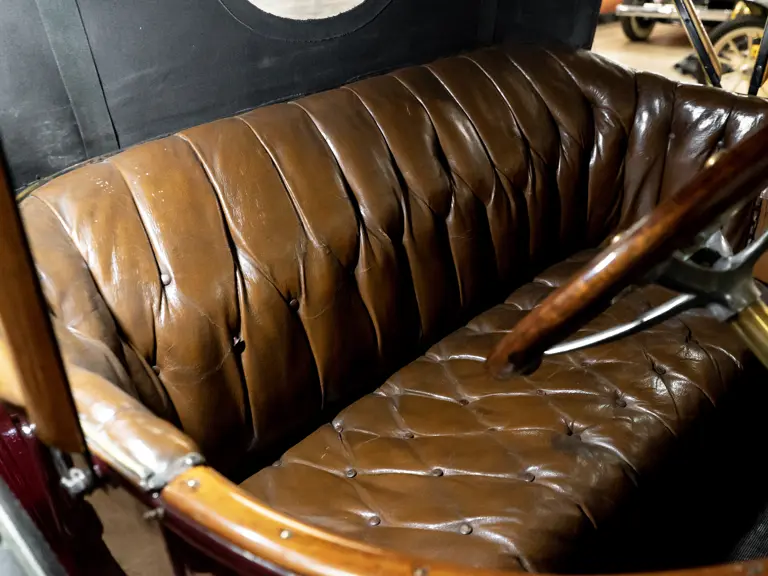
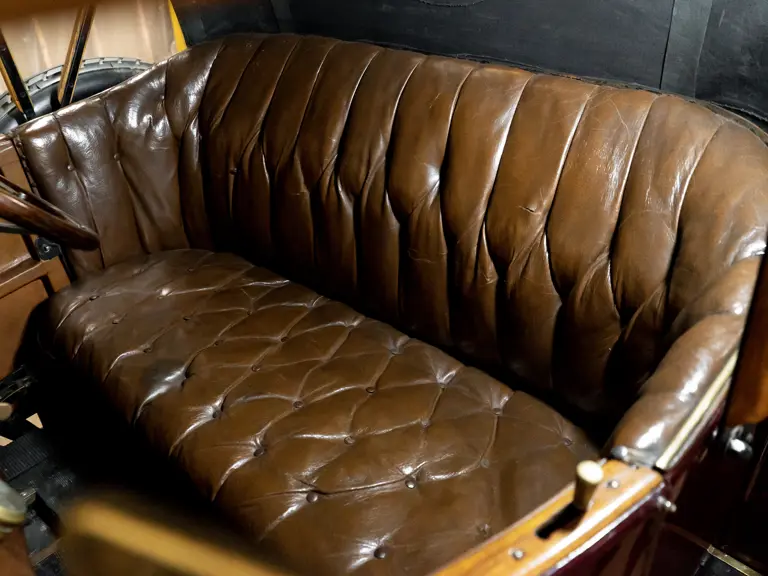
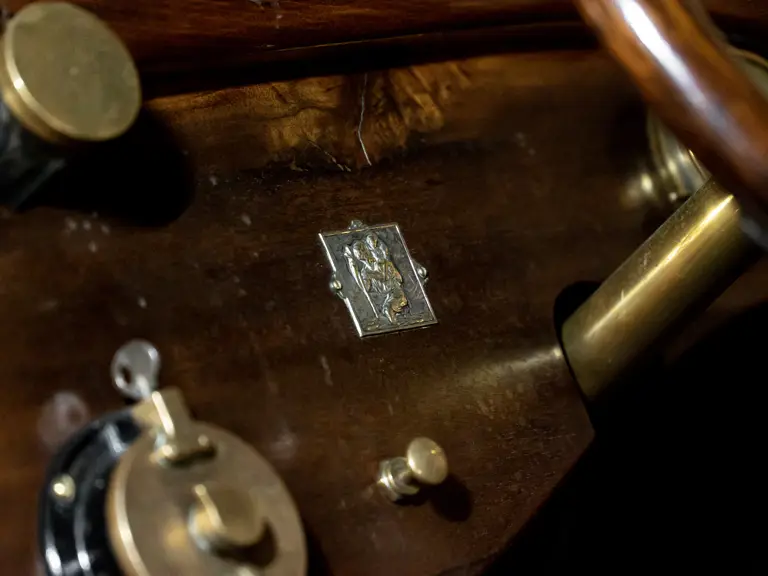
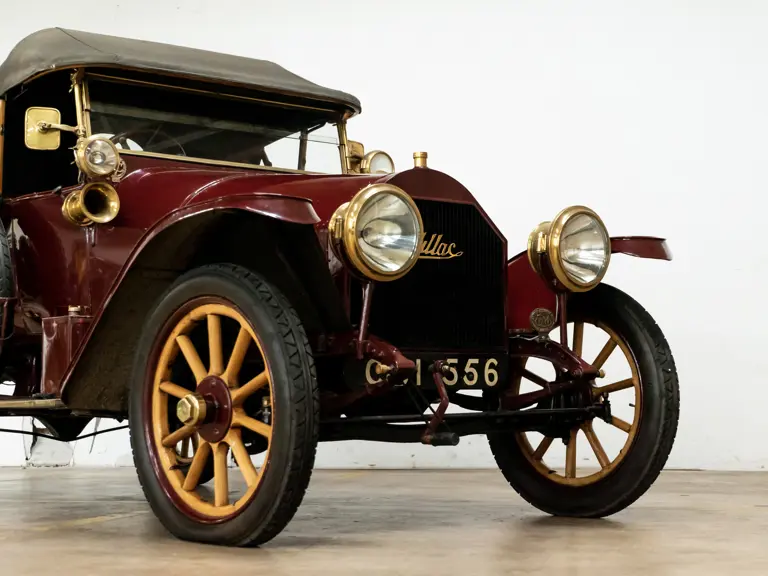
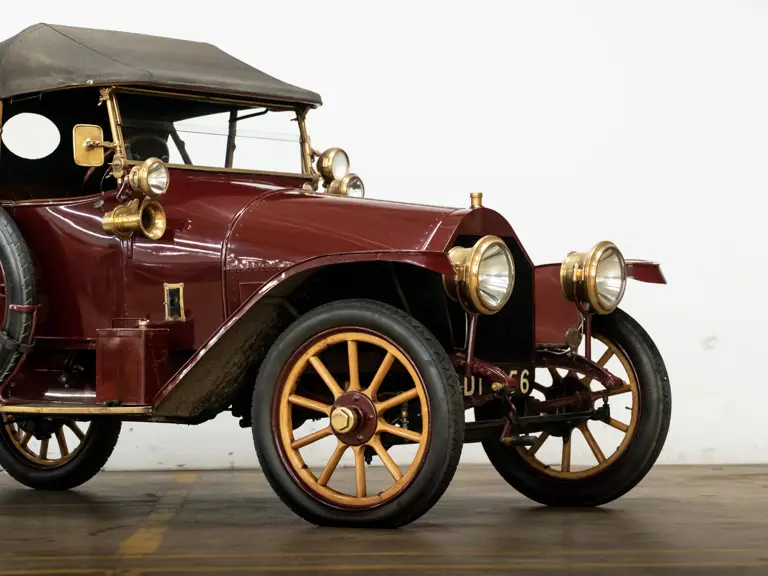
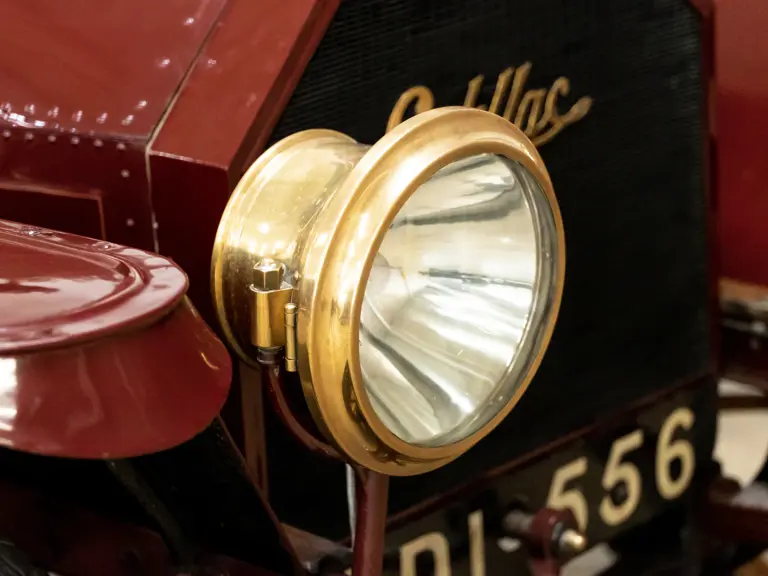
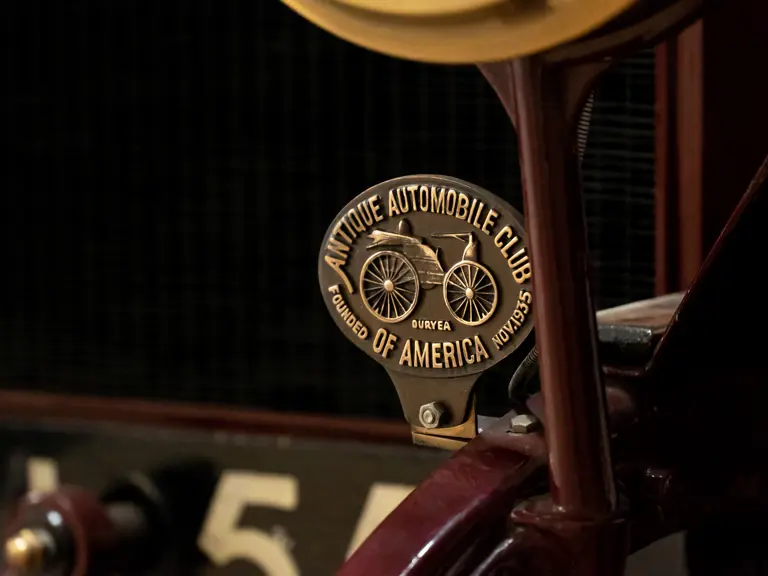
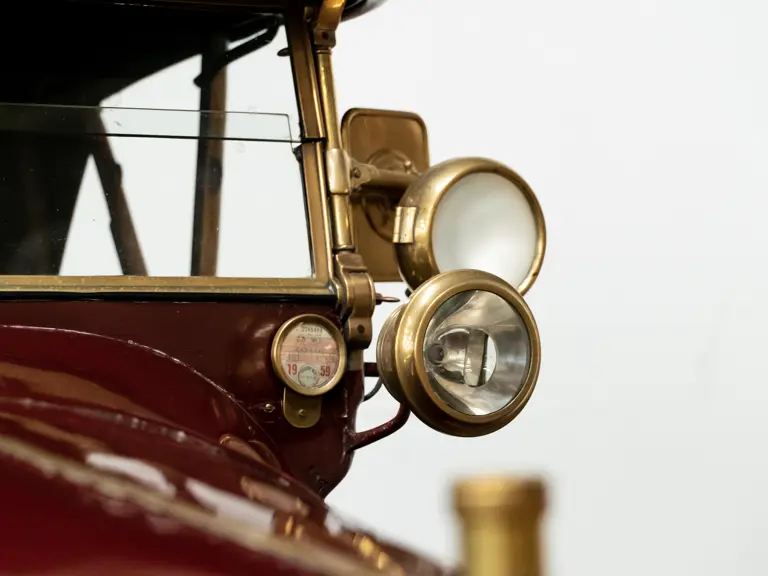
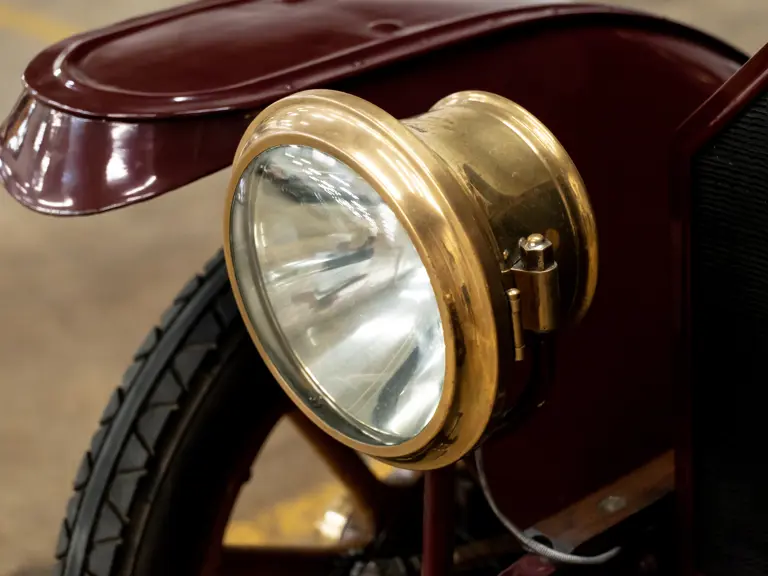
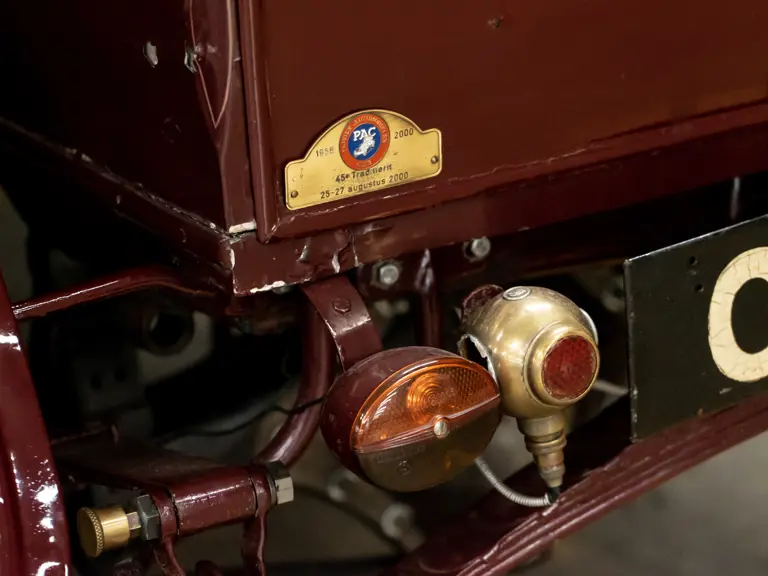


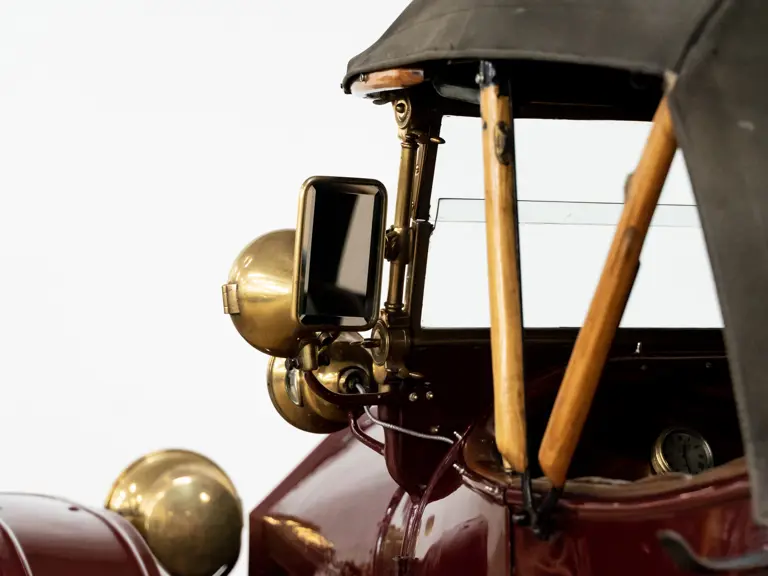
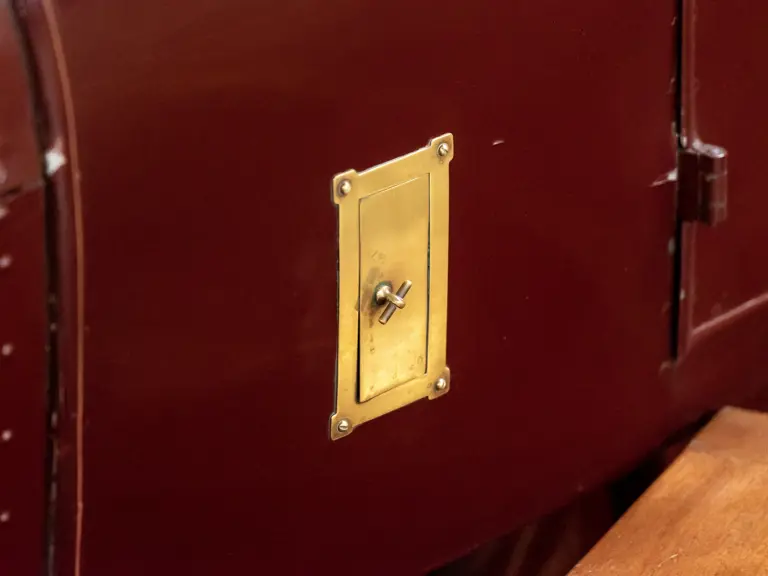
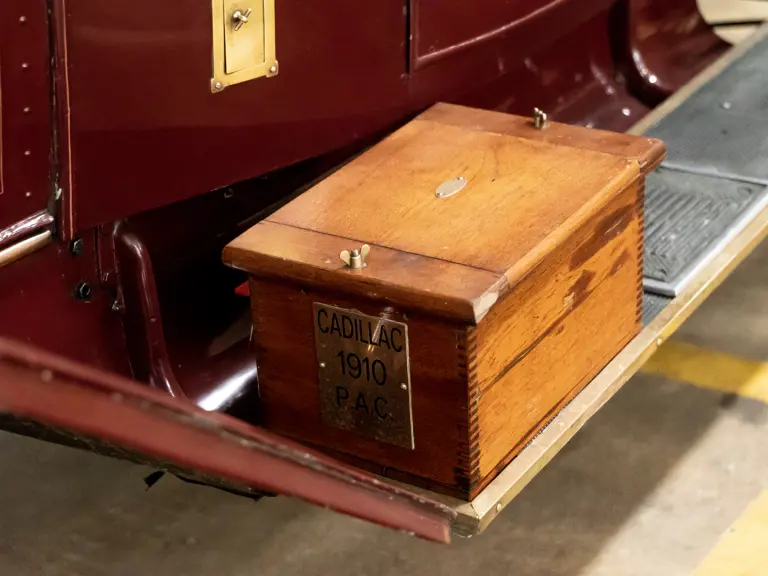
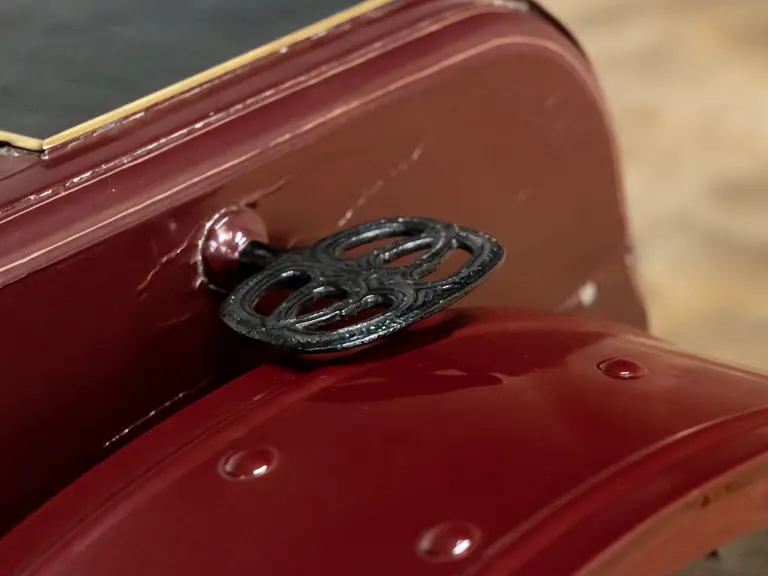
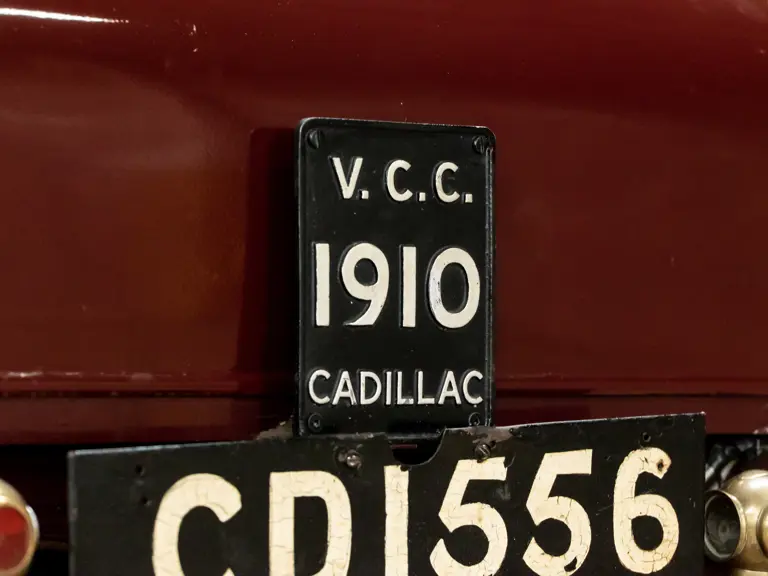
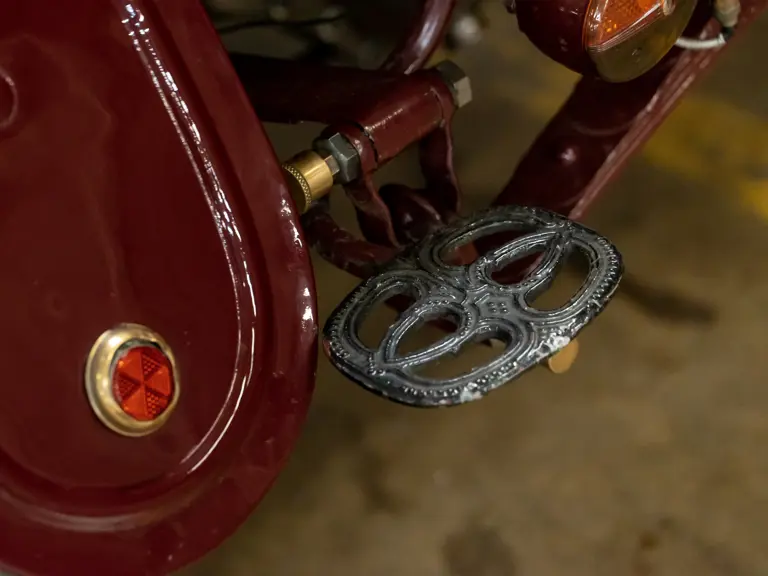
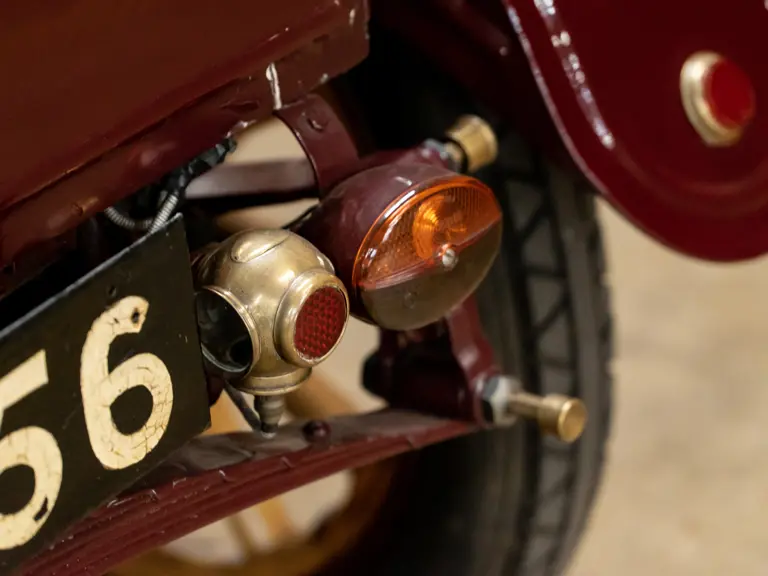
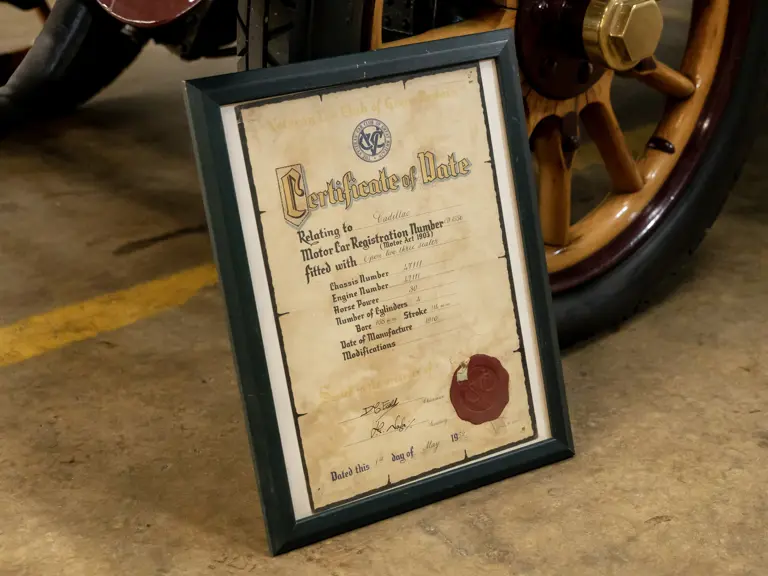
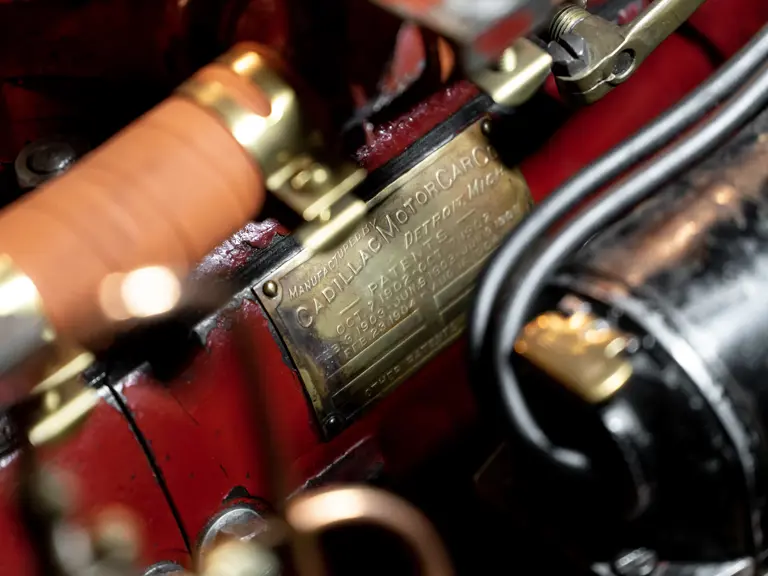
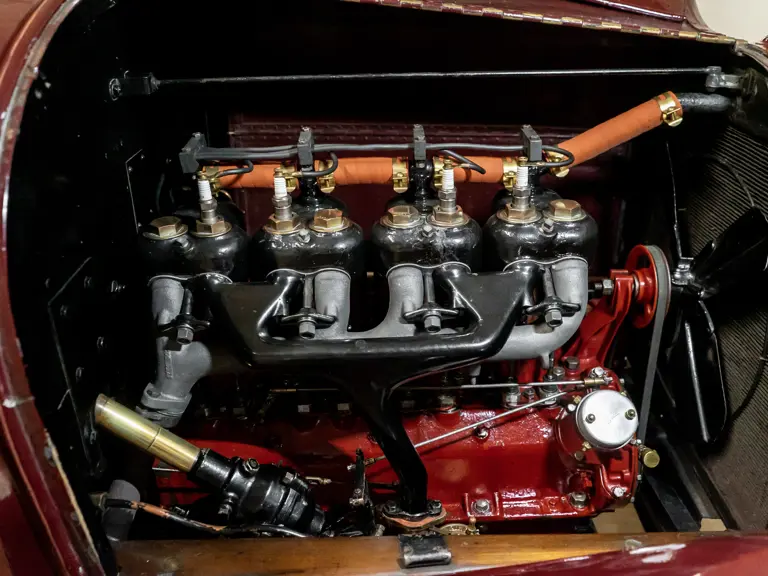
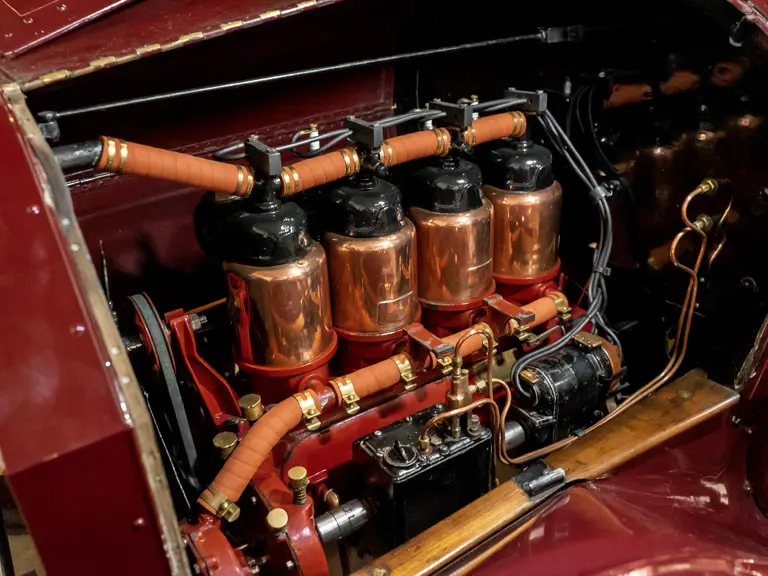
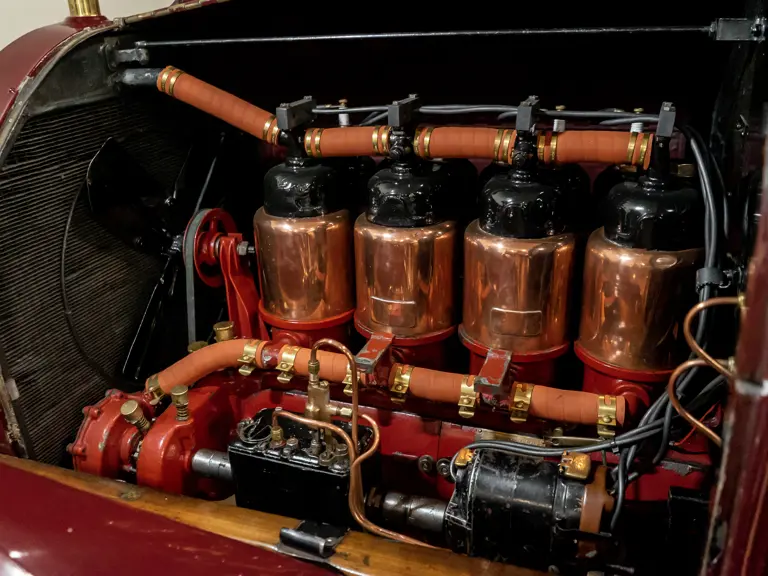
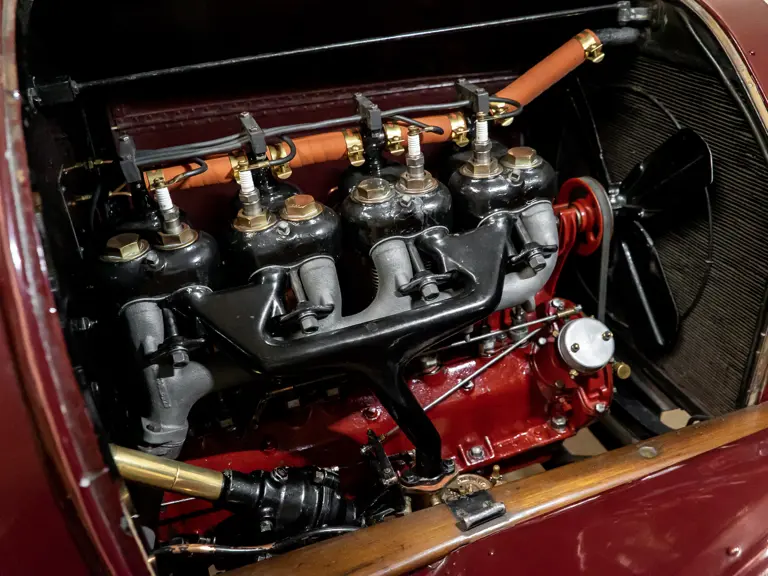
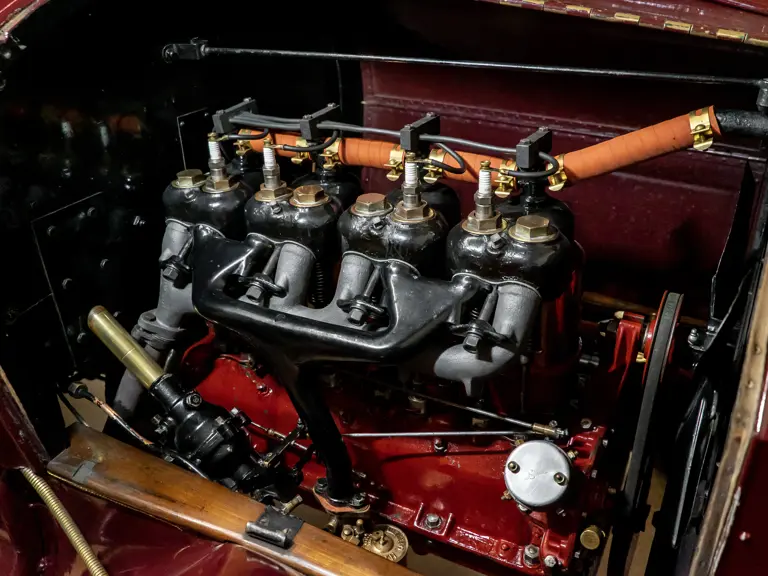
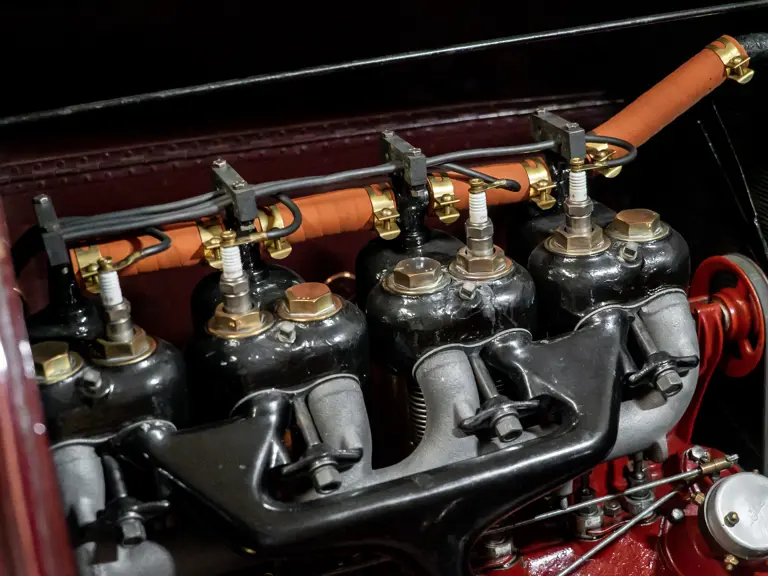
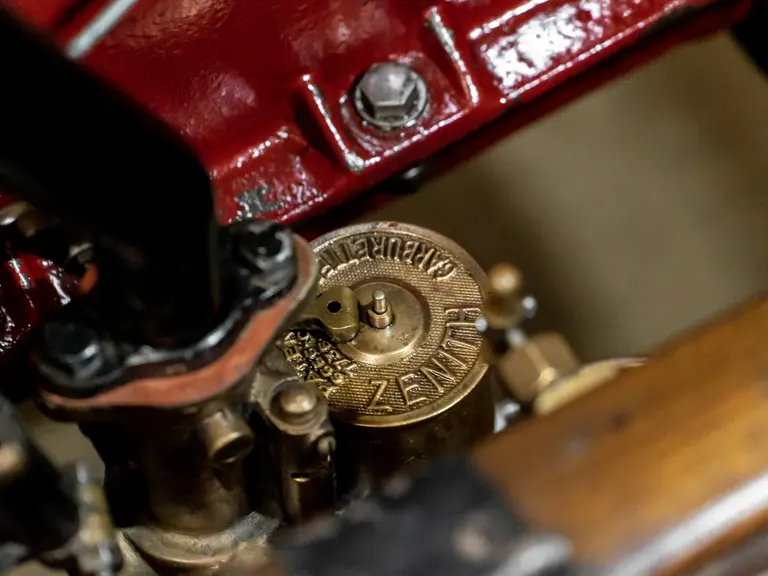
 | Hershey, Pennsylvania
| Hershey, Pennsylvania

